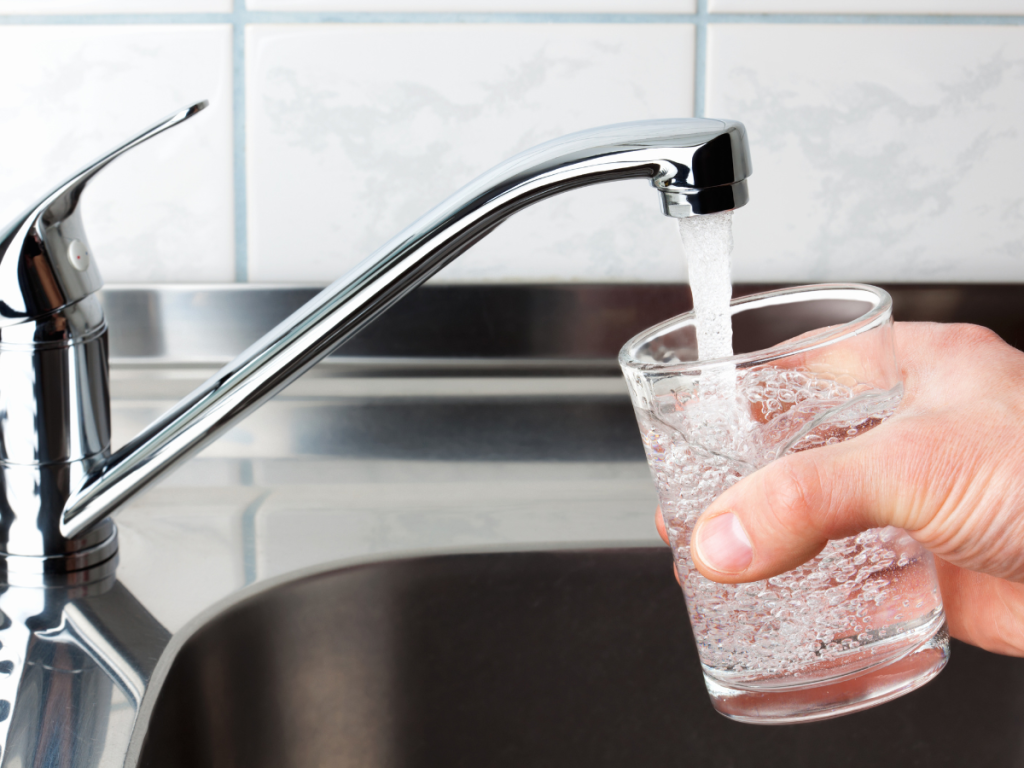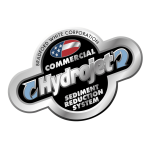Nitrate is a naturally occurring and man-made compound that can be found in drinking water. It’s tasteless and odorless, and consuming too much can be unsafe.
As clean and safe water is essential to every household, we’re here to provide assistance with an essential process that will keep you and your family safe: removing nitrates from your water supply.
How to detect nitrates in your water
Before learning how to remove nitrates from your water, you’ll need to first detect it. Here are the steps you can take to determine the levels of nitrate in your water supply.
Buy a test kit
Step one is to purchase a reliable nitrate test kit from either your local hardware store or online retailer. Although these kits tend to be user-friendly, we’ll walk you through the necessary steps to use one.
Collect a water sample
Grab a clean glass and fill it with water directly from your tap. For optimal results, be sure to collect it after it has sat in your pipes for some time. Doing so early in the morning is usually ideal.
Prepare your test strip
Depending on which test kit version you choose, you’ll find either a test strip or a vial. For the test strip, submerge it in the water sample as specified by the kit’s instructions (usually, this should be done for about 10 seconds).
Wait for the results
Once the test strip has been immersed, wait for a reaction to take place. This usually involves the strip changing color, which should take around a minute or so.
Read the results
After waiting for the recommended amount of time, check the color of your strip. Compare it to the color guide provided by the kit, as it’ll indicate the level of nitrate in your water.
It’s important to note that concentrations are measured in milligrams per liter (mg/L) or parts per million (ppm). Levels below 10 mg/L or 10 ppm are considered safe.
If your test shows anything higher or you need further assistance regarding the results of your test, contact a plumber for help.
Managing nitrate levels
Managing nitrate levels is critical to the health and well-being of your household. Here are some strategies for doing just that.
Identify the source
Step one in successfully controlling nitrate levels is identifying potential contamination sources. Possible sources include:
- Fertilizers
- Septic systems
- Animal manure
- Industrial waste
If you happen to live near agricultural areas, your water may be more vulnerable to contamination due to widespread fertilizer usage and poorly maintained septic systems that leak nitrates into the environment.
Preventive measures
Once you’ve identified potential sources, the next step should be taking preventive measures to minimize the risk of contamination. This might mean regularly maintaining your septic system. Some other preventive measures include:
- Proper disposal of waste: Ensure proper disposal of waste products that contain nitrates. This includes pet waste, household waste, and even certain types of yard waste.
- Well maintenance: Regular maintenance and inspection of your well are crucial in treating water. Ensure that your well is properly constructed and positioned away from potential nitrate sources.
- Planting vegetation: Planting vegetation around your home, especially if you live near a farm or a field, can help reduce nitrate contamination. Plants can absorb nitrates, acting as a natural filter.
Regular testing
Regular testing is key to managing nitrate levels in your water. Test at least once annually. If you’re trying to mitigate high nitrate levels, it’s important to continuously test and regularly monitor any fluctuations, adapting management measures accordingly.
Professional help
If you need assistance managing nitrate levels in your water supply, consider enlisting the help of a professional service to ensure everyone in the household remains protected.
Not only will a professional be able to help with this issue, but they can also help with things like helping you install a water softener or filter.
How to remove nitrates from your water
Managing nitrate levels is crucial, but when you’re already dealing with them, you may be wondering how to get rid of them. But what removes nitrates from water? Here are some key ways to restore the safety of your home’s water supply.
Invest in a water treatment system
The best way of removing nitrates from water is using a water treatment system. Reverse osmosis (RO), distillation, and anion exchange are effective means for eliminating both nitrates and other impurities.
Does reverse osmosis remove nitrates?
Yes. A reverse osmosis system uses pressure to force water through a semipermeable membrane, filtering out contaminants (including nitrates).
Does distillation remove nitrates?
Distillation also removes nitrates. It involves heating water to generate steam before condensing it back into liquid form, leaving behind any impurities.
Does an anion exchange system remove nitrates?
An anion exchange system uses resin ions that replace any nitrate ions with chloride ions, thereby eliminating them from your water system.
Consider a nitrate-specific filter
There are water filters in the market specifically designed to remove nitrates. These often use a process similar to anion exchange and can be a cost-effective solution, particularly if it’s a primary concern in your water supply.
Bottled water for drinking and cooking
If the nitrate levels in your water supply are dangerously high, consider switching to bottled water while investigating long-term solutions.
Seek professional help
If you’re still left wondering how to remove nitrates from your water, reach out to a professional. A team of specialists should be able to assess all available solutions and recommend the most effective option for your home.
Need help? Ask the pros at Plumb-Tech
Ensuring the safety of your water supply is integral and should not be neglected. Nitrates may naturally occur, but they’re dangerous when concentration levels exceed safety thresholds.
With the proper measures in place, regular testing, and professional guidance, it’s entirely possible to control it, ensuring your water remains safe for consumption.
At Plumb-Tech, we recognize the value of providing clean drinking water for families. If you suspect the presence of nitrates or other impurities, don’t wait! We can also help with things like installing a water softener system.
Contact our team of experts immediately so they can guide you in testing, managing, and eliminating them. Your family’s safety is our number one concern!





